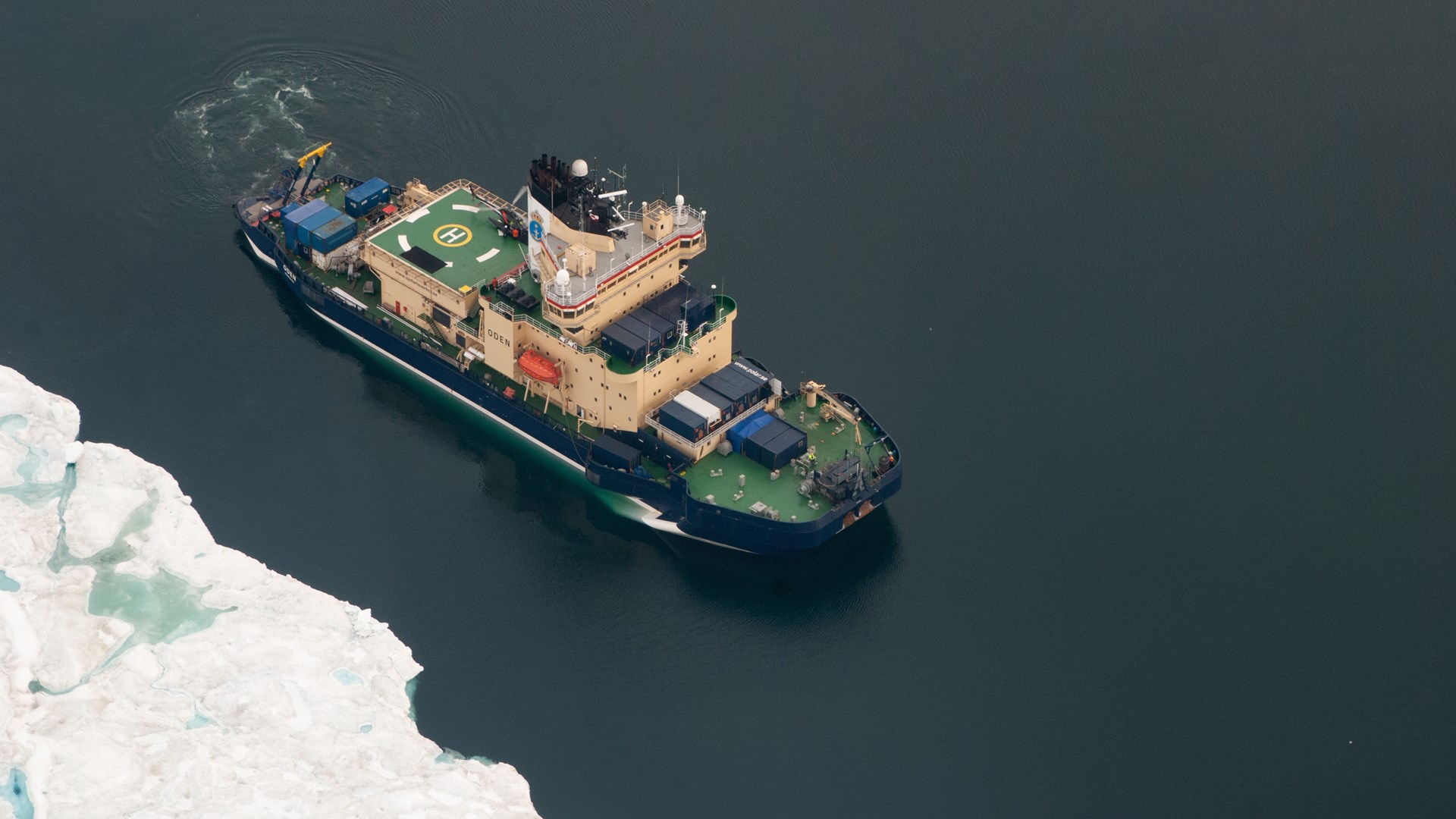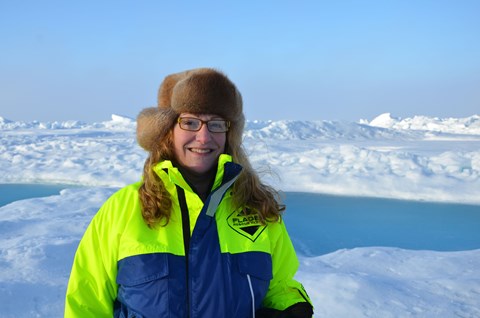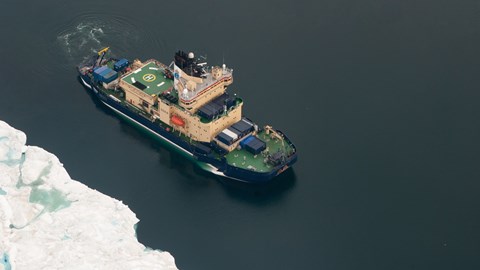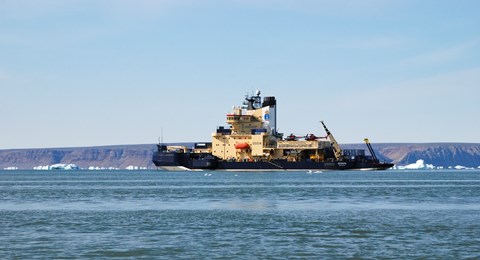Press release: The icebreaker Oden conducts research in a hard-to-reach area

The research expedition Synoptic Arctic Survey, originally planned for 2020, had to be postponed due to the pandemic. Now, this year's expedition starts off by 38 researchers being quarantined at a hotel in Malmö on 16 July. Ten days later, the icebreaker Oden leaves Sweden to carry out measurements in one of the world's most difficult to access marine areas between Greenland and the North Pole.
– It is an area of the Arctic Ocean larger than Sweden that completely lacks research. Everything we measure will be completely new data, says Pauline Snoeijs Leijonmalm, Professor of Marine Ecology at Stockholm University who has the role of Chief Scientist during the expedition.
The international research program Synoptic Arctic Survey is about obtaining an overall picture of the Arctic marine ecosystems. This is achieved by many vessels carrying out comparable measurements in different areas in the Arctic Ocean. Then all the data is added together. The icebreaker Oden has been assigned to the area north of Greenland where the sea ice cover is toughest.
– The central Arctic sea ice is formed off Siberia and drifts with ocean currents towards Greenland and northern Canada. There, the ice is compressed and is the thickest and oldest in the entire Arctic. The ice cover in the central Arctic is getting thinner, even at the North Pole, but the change is not as fast in this area, says Pauline Snoeijs Leijonmalm.
Changing sea ice affects ecosystems
The Swedish SAS expedition with Oden has an impressive multidisciplinary sampling program, primarily in oceanography, chemistry, and biology. A large part of the measurements is about studying viruses, bacteria, microalgae, zooplankton and fish and their roles in the Arctic food webs. Today, researchers know that polar cod juveniles are associated with the sea ice at the surface in the Arctic. They are also expected to occur north of Greenland, but almost nothing is known about the central Arctic fish stocks living in deeper water. Pauline Snoeijs Leijonmalm will use a range of methods for trying to sample fish from a depth of 300 to 600 meters under a 2-meter-thick ice cover.
The changing Arctic sea ice plays an important role for researchers. In the past, the entire central Arctic was covered by multi-year sea ice. Now, most of the sea ice is newly formed every year and then melts. This creates a completely different ecosystem. The barrier that the ice created between air and sea decreases at an accelerating rate, more light reaches the water column, and the upper layer contains more freshwater from ice melt during the summer. Among other things, the researchers want to measure how much carbon dioxide the Arctic Ocean can absorb from the air and how that affects the ecosystem. This includes physical and chemical, but also biological processes, which for example involve how much organic carbon is taken up and released by animals and how much methane is consumed or produced by microorganisms.
– Our aim is to reach a better understanding of how the ecosystems in the Arctic Ocean are interconnected and how they react to climate change, which in turn contributes to improved climate models. We human beings cause the ongoing climate change, and it is our responsibility to understand how we change the Earth for being able to survive on this planet also in the future. The data we collect will be an important reference point for future generations of polar researchers, says Pauline Snoeijs Leijonmalm.
The Swedish-led expedition includes researchers from Sweden, Germany, United Kingdom, USA, Denmark, Canada and Netherlands.
Contact
Pauline Snoeijs Leijonmalm
Professor of Marine Ecology, Stockholm University
E-mail: pauline.snoeijs-leijonmalm@su.se
Phone: +46 70 493 28 39
Ted Karlsson
Research Communications Officer, Swedish Polar Research Secretariat
E-mail: ted.karlsson@polar.se
Phone: +46 73 058 52 84



